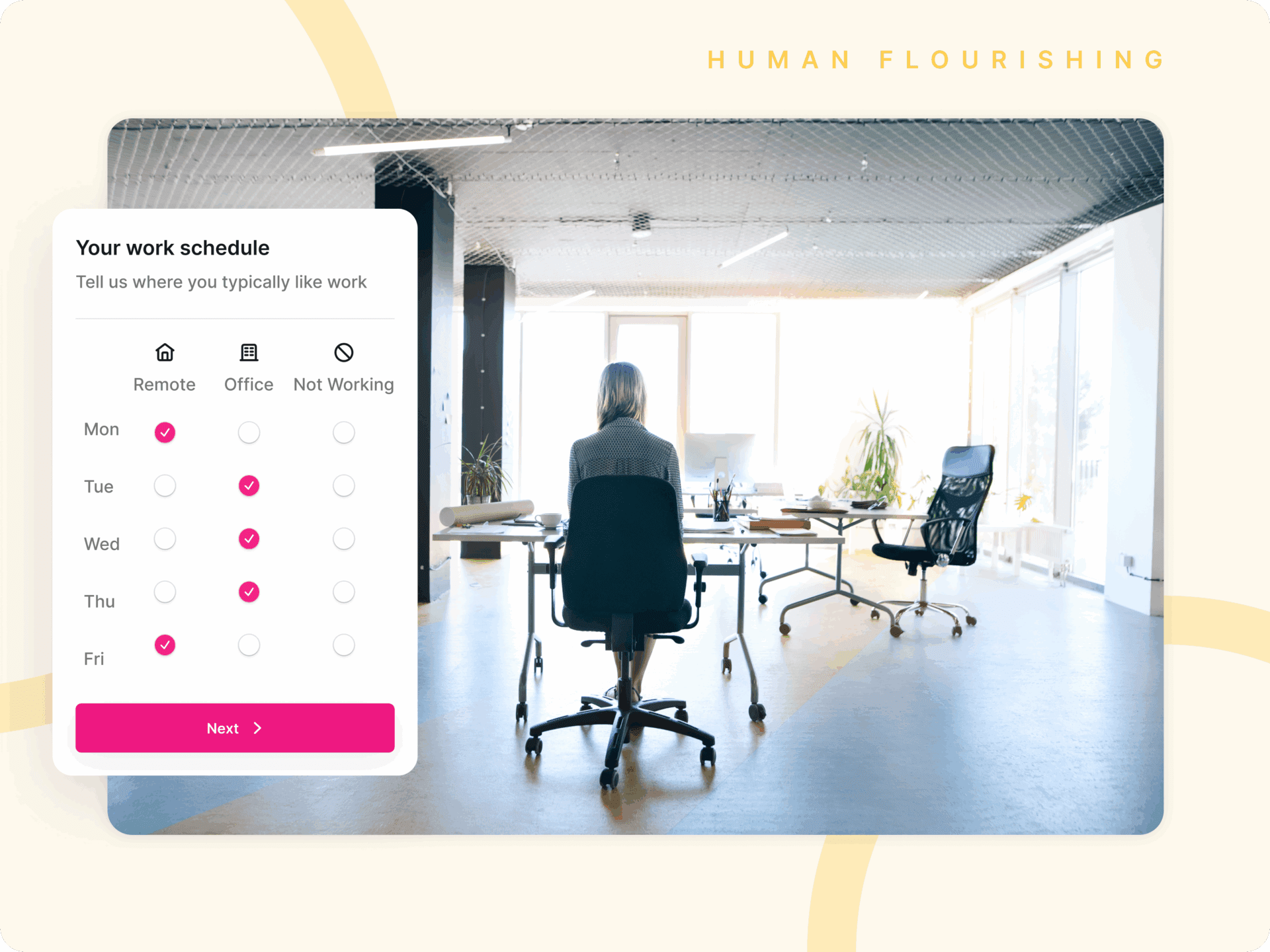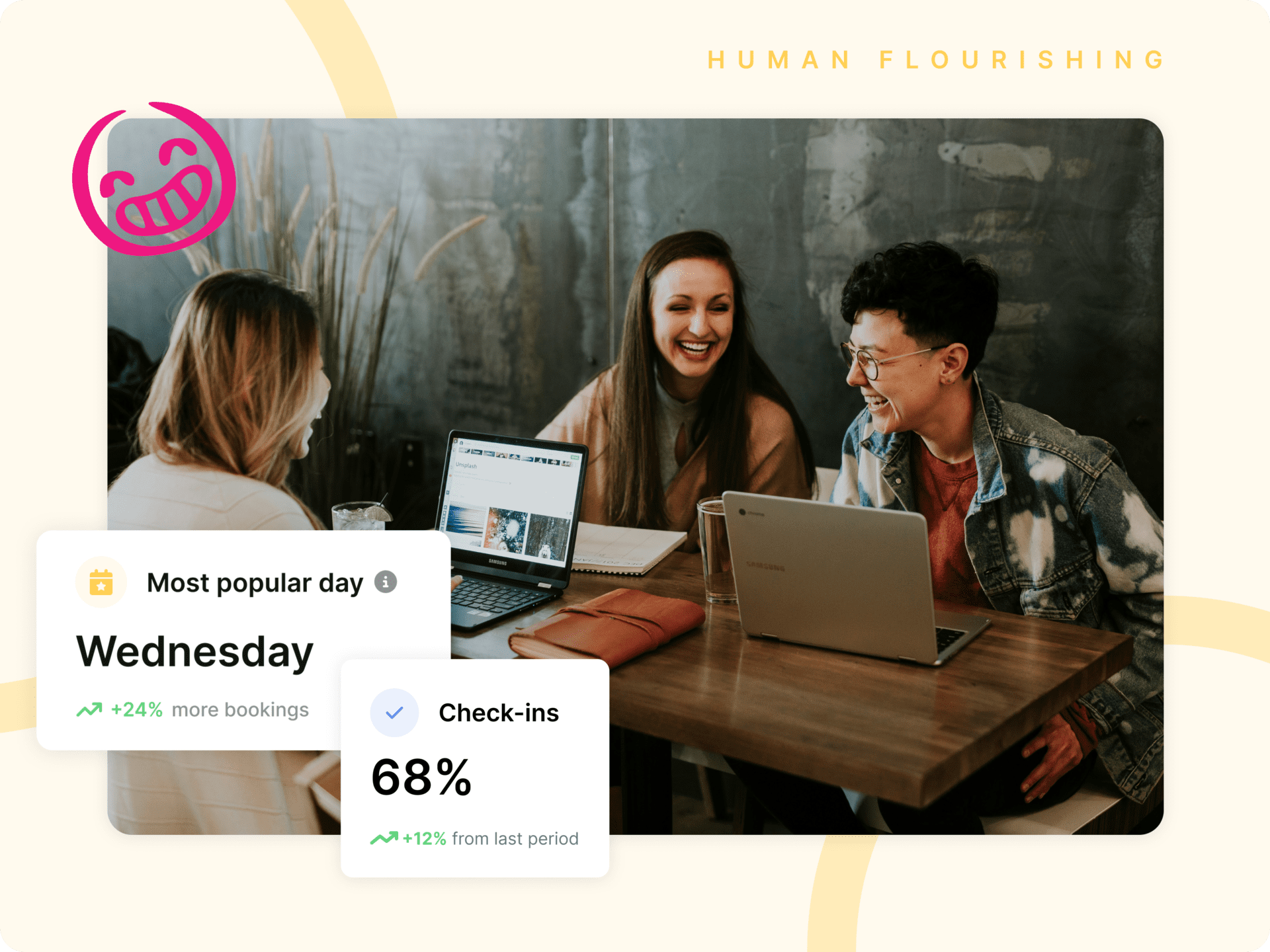Hybrid work has solved a lot of problems. Commutes are down, productivity is up, and flexibility has become a cornerstone of how modern teams operate. But for some leaders, something else has crept in—something that doesn’t show up in dashboards or engagement surveys. It’s executive loneliness.
According to the Forbes Coaches Council, more and more executives are reporting feelings of isolation in hybrid and remote settings. The watercooler moments are gone. Calendars are packed. And for those leading teams from behind a screen, genuine connection is harder to come by.
This isn’t about introversion or preference. It’s about what happens when people who spend most of their time making decisions, motivating others, and holding space for teams—don’t have anyone doing the same for them.
Leadership Without Connection
The pandemic-era scramble to digitise leadership created a new normal: meetings got shorter, decisions got faster, and face time became screen time. But somewhere along the way, informal trust-building moments disappeared. Executives now spend more time alone in front of a webcam than they do with peers or collaborators.
This creates a few real risks:
- A lack of perspective from trusted colleagues
- Reduced visibility into team sentiment and emerging issues
- Fewer outlets for reflection, feedback, or decompression
Leaders aren’t just managing hybrid teams. They’re also managing the emotional cost of sustained isolation.
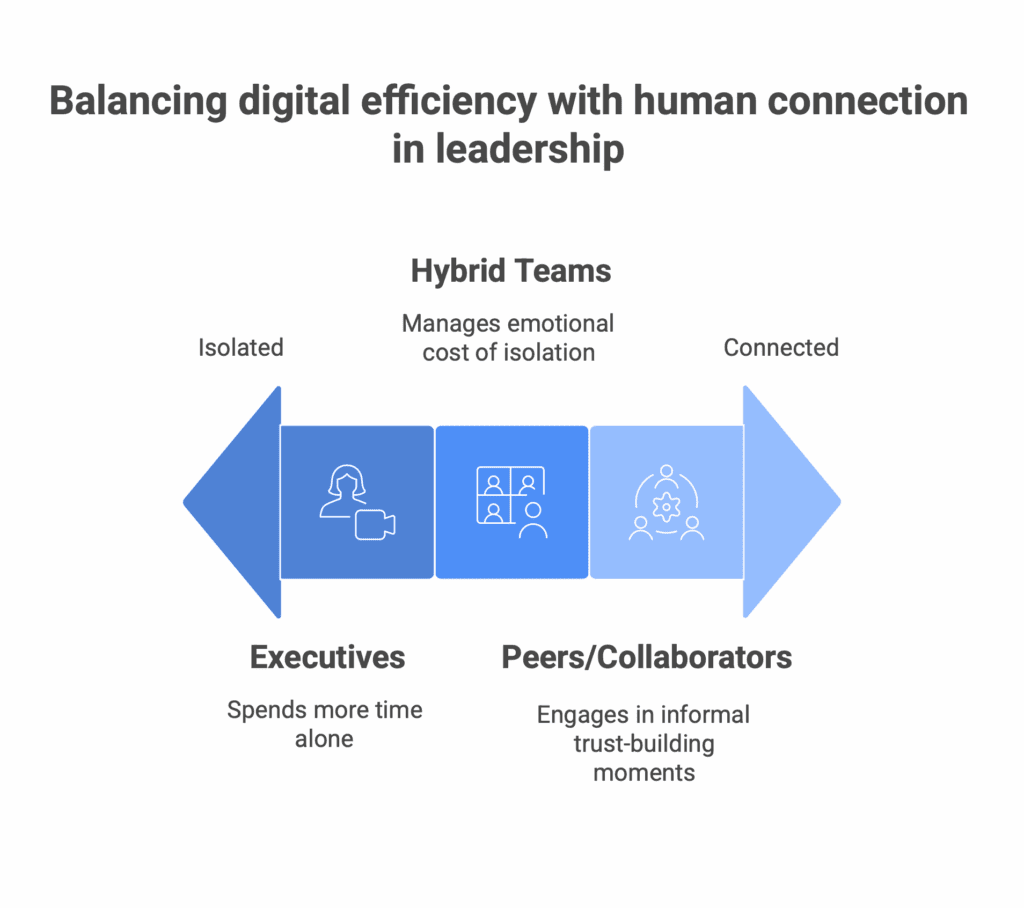
When Visibility Doesn’t Equal Connection
In hybrid work, we talk a lot about visibility: who’s in the office, who’s showing up on calendars, who’s collaborating. But presence doesn’t always equal connection. And for executives, it’s possible to be hyper-visible and still feel completely alone.
The challenge is that executive loneliness rarely looks like disengagement. It often looks like high performance: jammed schedules, constant responsiveness, and surface-level positivity. That makes it even harder to spot, and even easier to ignore.
Hybrid Strategy Should Include The C-Suite
We often think of hybrid strategy as something designed for employees: flexibility for teams, collaboration for managers, real estate for operations. But what about executives?
Leaders need strategies too. Not just to manage others, but to maintain connection themselves.
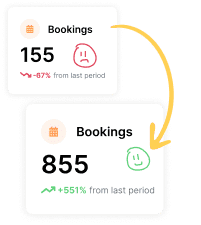
At Kadence, we’re starting to see our customers design with leadership in mind. That looks like:
- Weekly in-person rituals designed specifically for senior leaders
- Peer check-in sessions that aren’t performance-based
- Quiet working days in-office, so execs can spend time around people without being in meetings
- Visibility dashboards that help leaders see not just when their teams are in—but when they should be too
These strategies aren’t just about wellbeing. They’re about ensuring that leaders remain plugged in to culture, context, and each other.
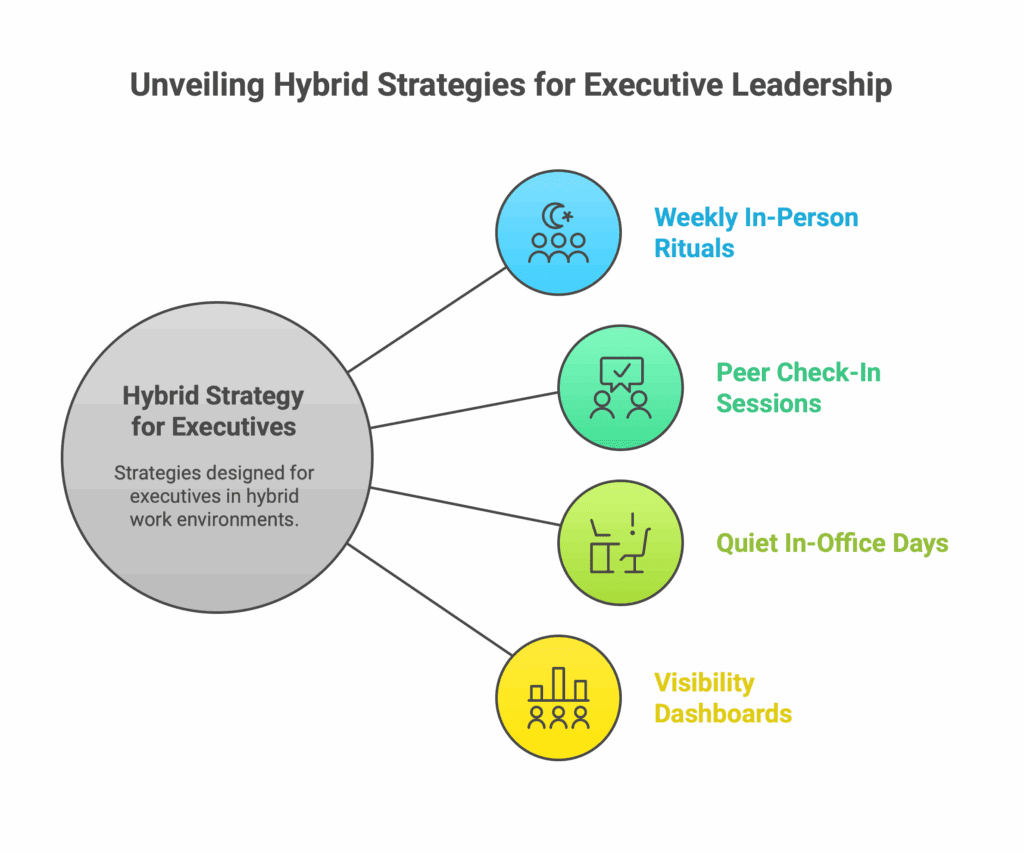
Connection Is A Leadership Skill
Executive loneliness isn’t new. But in the hybrid world, it’s become easier to mask and harder to solve through serendipity.
That’s why connection needs to be intentional.
Hybrid leaders can’t rely on bumping into peers in hallways. They need systems and rhythms that build real relationships structured into the flow of work, not left to chance. And companies that build these systems signal something important: that connection isn’t a nice-to-have, it’s part of doing the job well.
Want to build a hybrid strategy that supports everyone including your leadership team? Book a demo with our hybrid experts.


